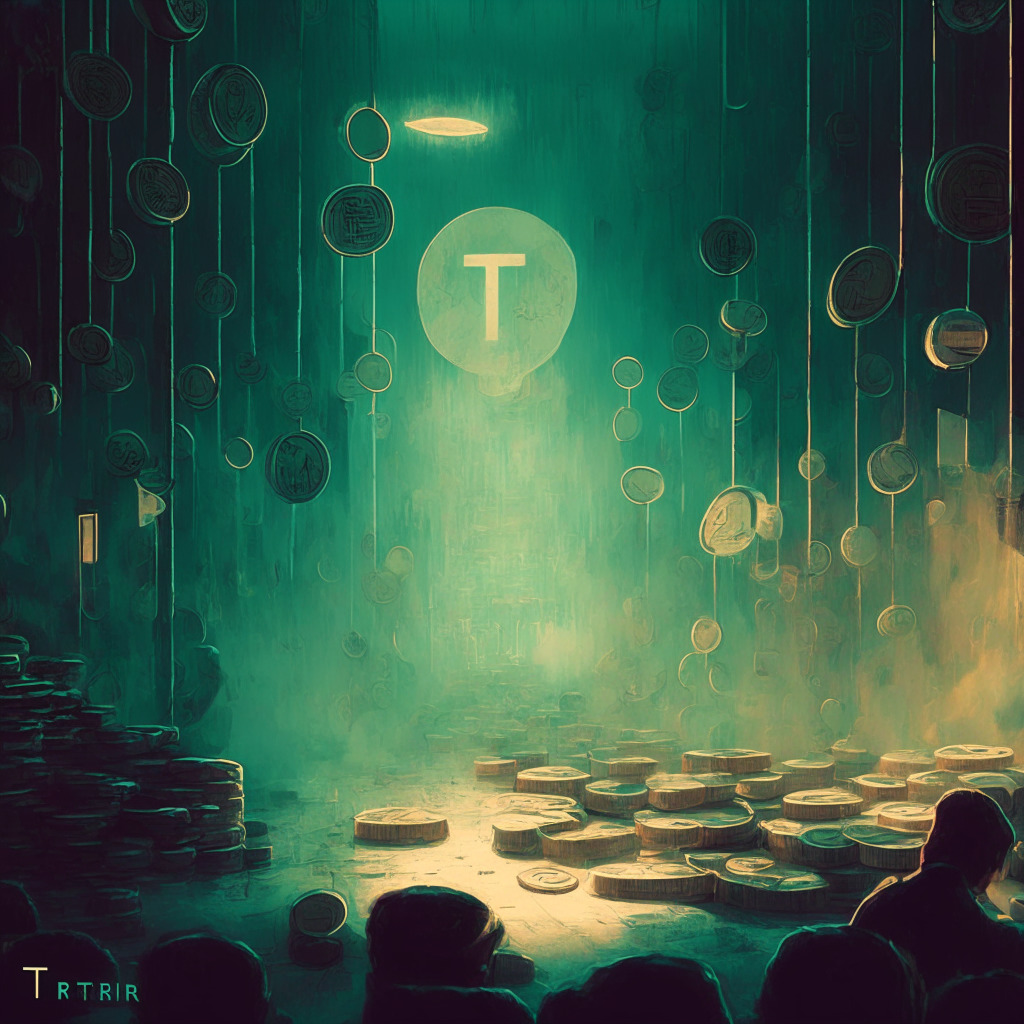In recent weeks, onchain data has unveiled a sobering reality for Bitcoin’s (BTC) short-term holders (STHs): the majority are grappling with unrealized losses. The prevailing cryptocurrency experienced a 10% price drop to $26,200 last week, marking its most dismal performance since November. The crash has sent 88.3% of the supply controlled by STHs, those who do not hold coins for more than 155 days, into unrealized losses, reports the data tracked by Glassnode. It implies that roughly 2.26 million out of the 2.56 million bitcoin (equivalent to $66.5 billion) held by STHs were acquired at a price higher than the current market rate.
This phenomenon, known as “top-heavy markets,” often sees a significant rise in the STH Supply in Loss. Memory serves us instances from May 2021, December 2021, and most recently this week, indicating that just 11.7% (300,000 BTC) of the total holdings of the STHs still showcase profits. This trend lends weight to the argument that a ‘heavy’ market has a challenging task in registering gains due to possible liquidation by STHs grappling with losses.
Data from Glassnode has already indicated an ascending trend in this respect. The flow of STH-owned coins, purchased at a higher cost than the current market rate, into exchanges has recently increased, alluding to what is termed as ‘loss dominance’ of STH volumes moving into exchanges. This pattern usually emerges when investors anticipate liquidating positions or using coins as a margin in derivative trading.
The problem is exacerbated by the fragile market set-up for BTC, as voiced by Ilan Solot, co-head of digital assets at Marex Solutions. He highlights that nearly 90% of STHs are experiencing unrealized losses, a factor that often triggers selling pressure. Solot further explains that this injects a narrative shift, where the spot-ETF’s perception has veered towards “still decent odds of approval but delayed” in view of surging bond yields and tighter liquidity conditions.
The challenges confronting crypto enthusiasts are thus two-fold: economic and psychological. On the one hand, the current market conditions with unrealized losses and the risk appetite of STHs are uncovering financial drawbacks. On the other, the narrative surrounding BTC’s performance and potential is shifting, potentially tempering enthusiasm and affecting sentiments. As we continue to navigate these turns, one fact stands true: a deeper understanding of the crypto market, with its subtle nuances and sharp swings, remains crucial for optimized decision-making.
Source: Coindesk




